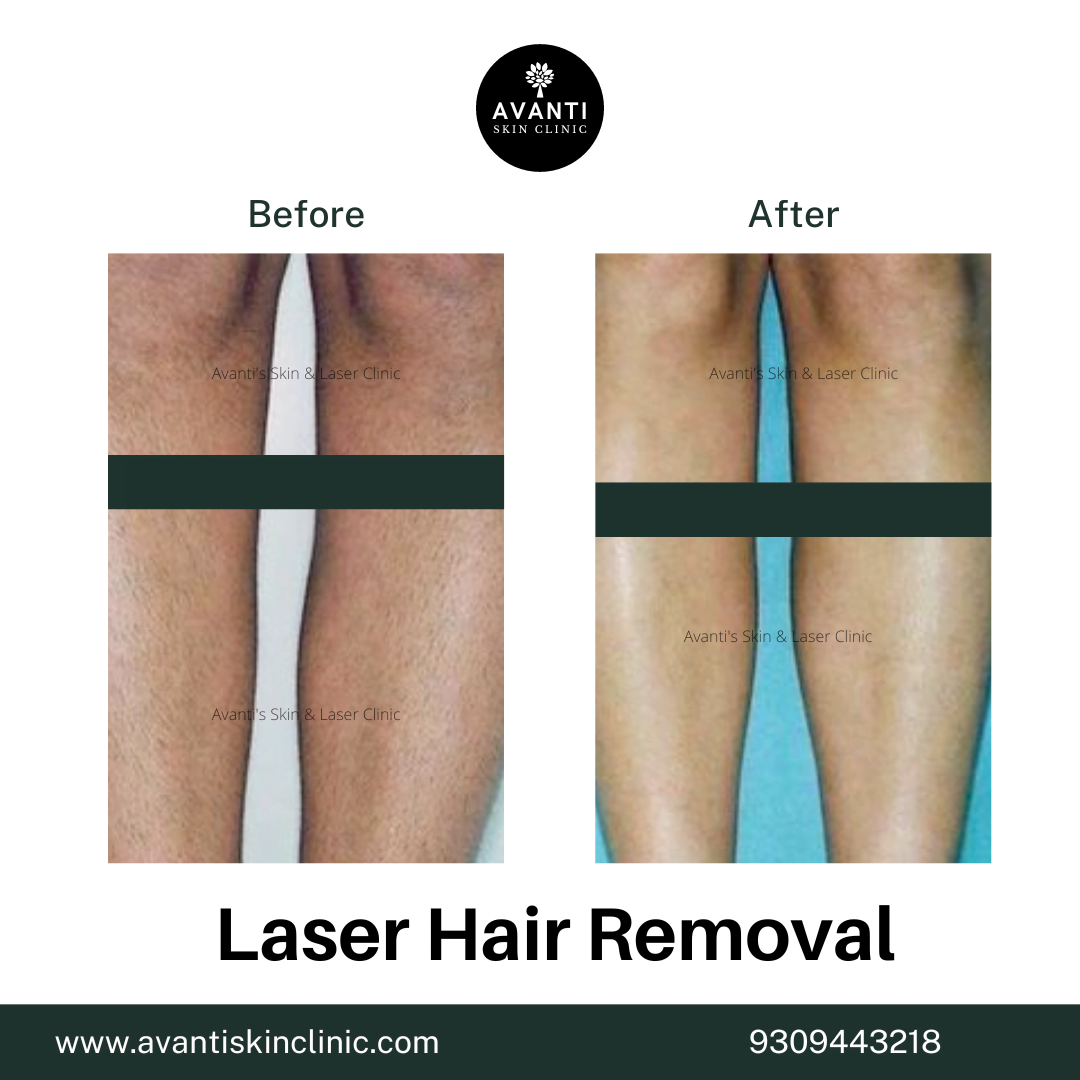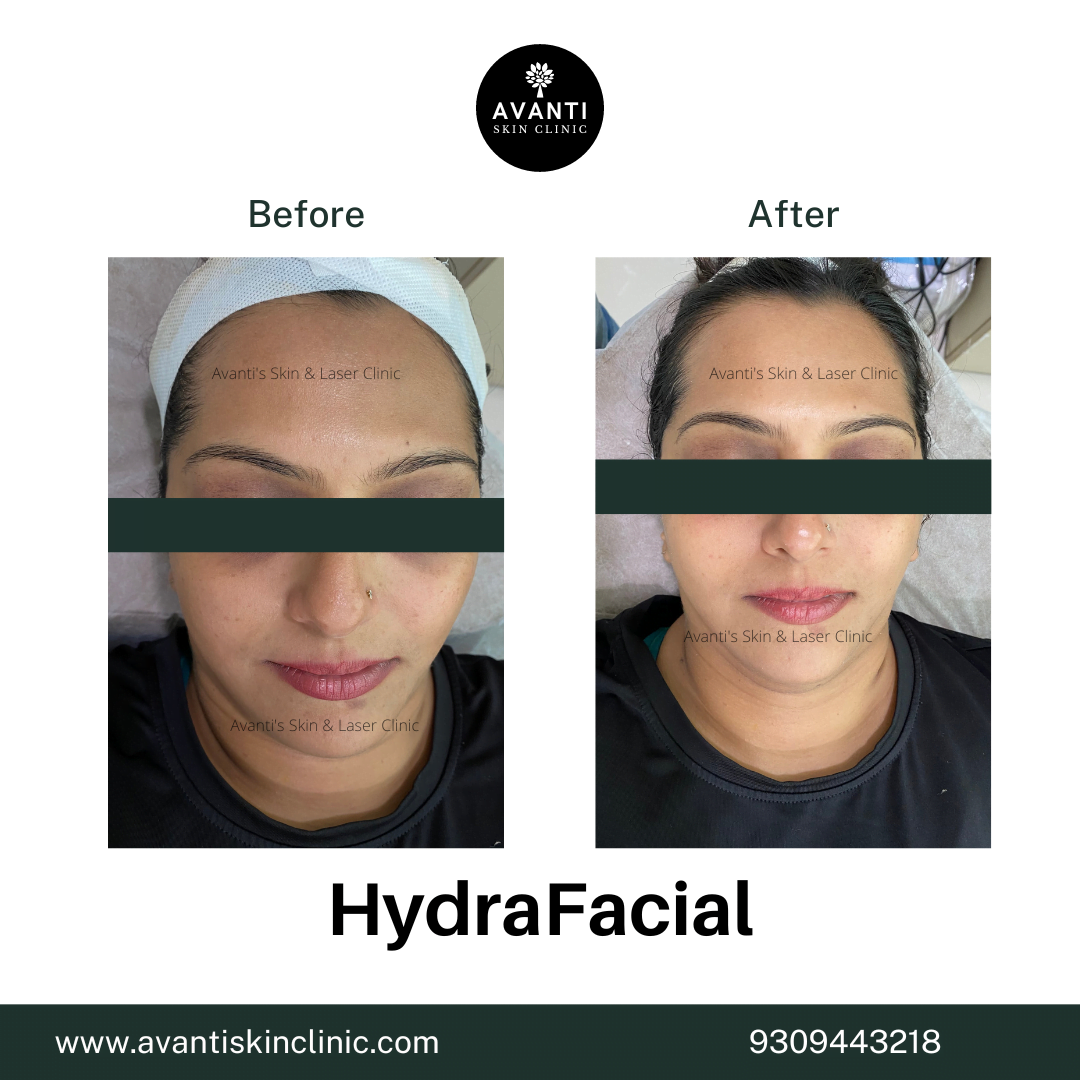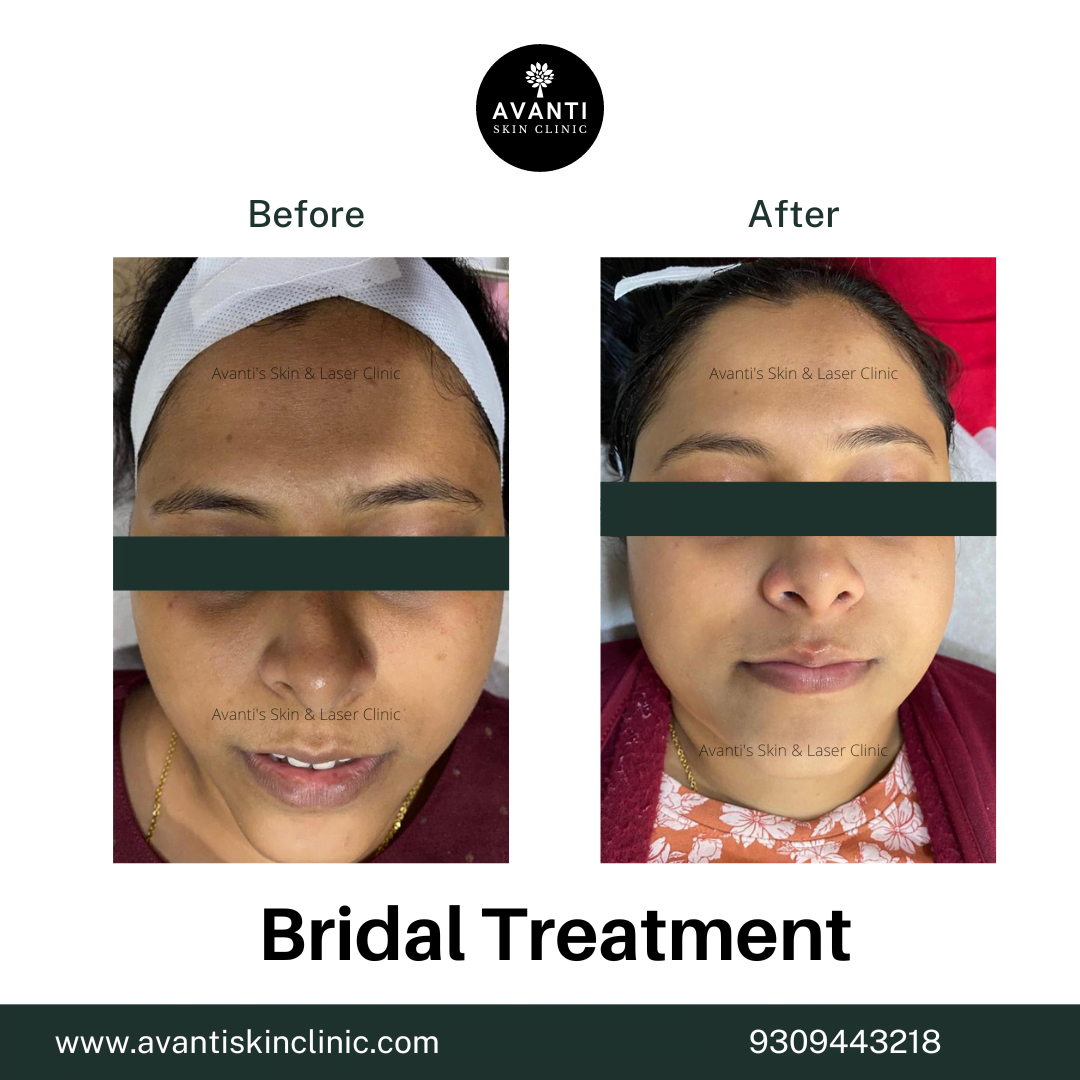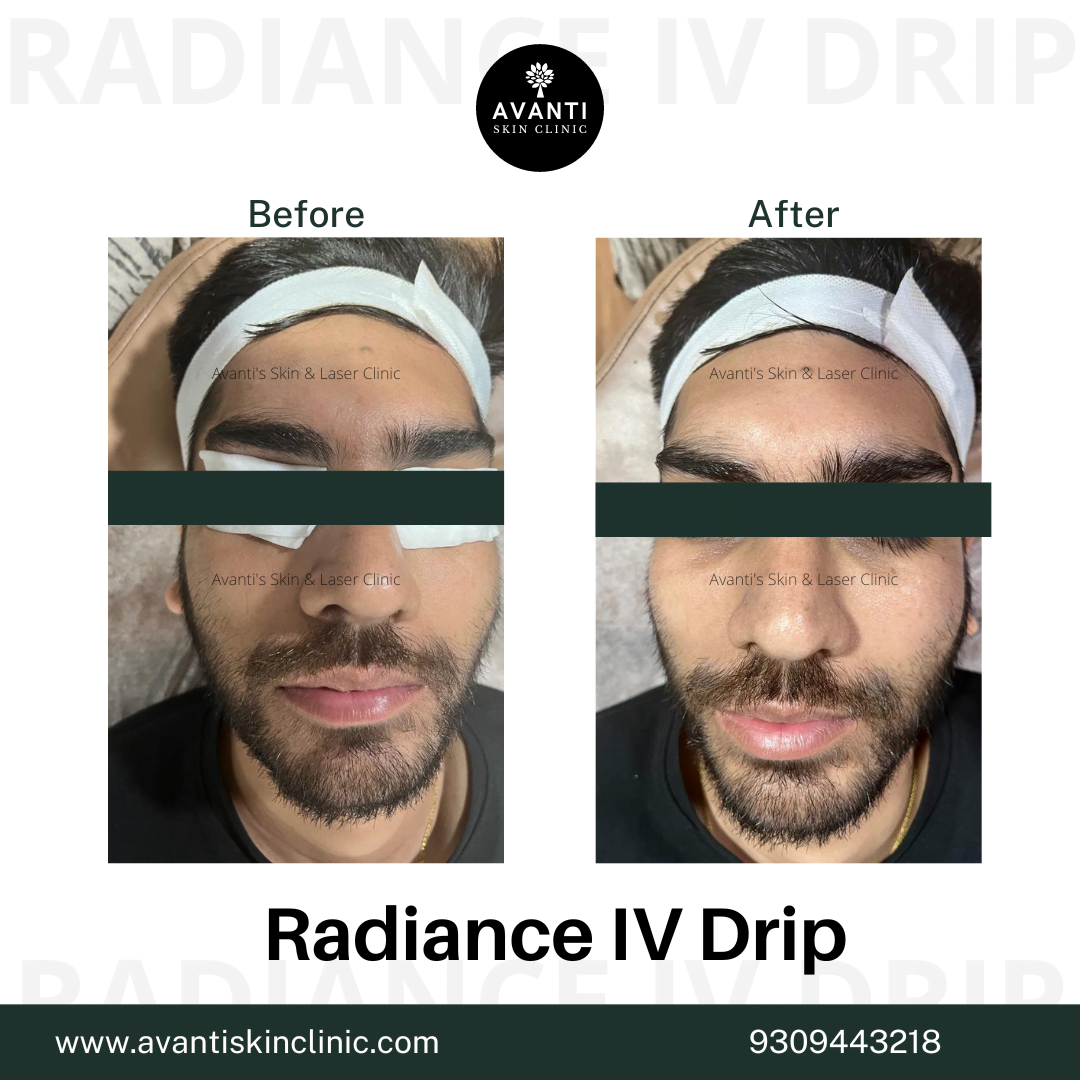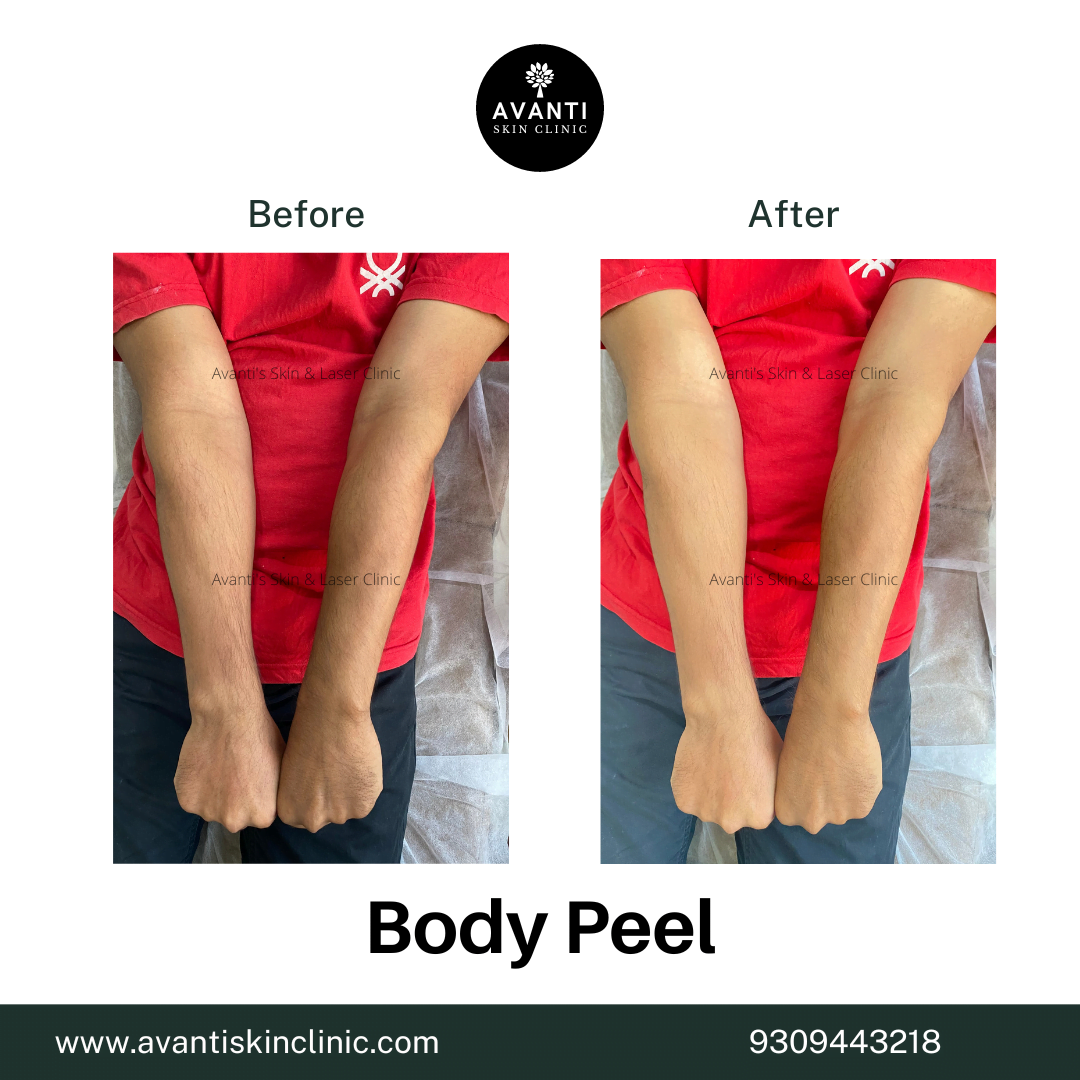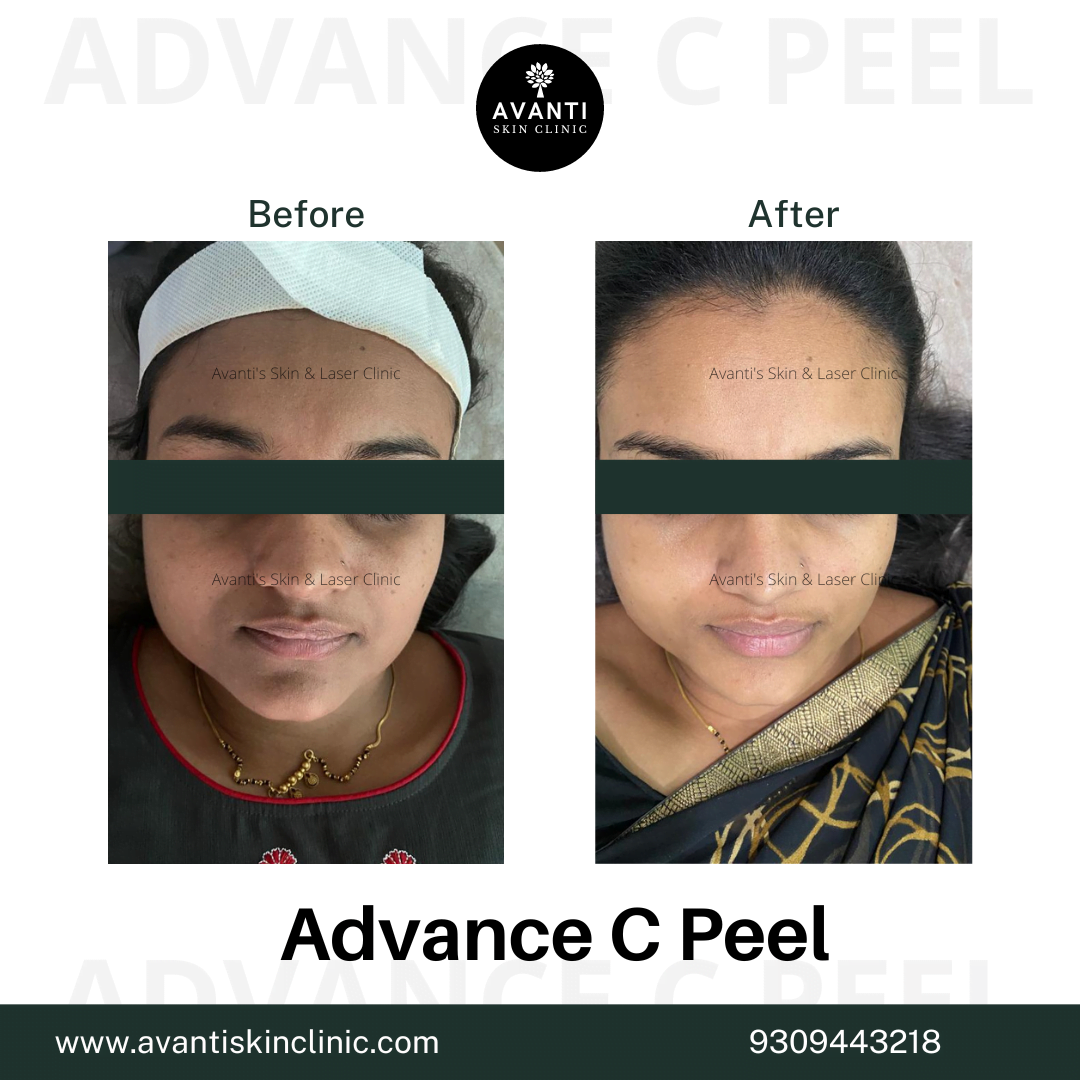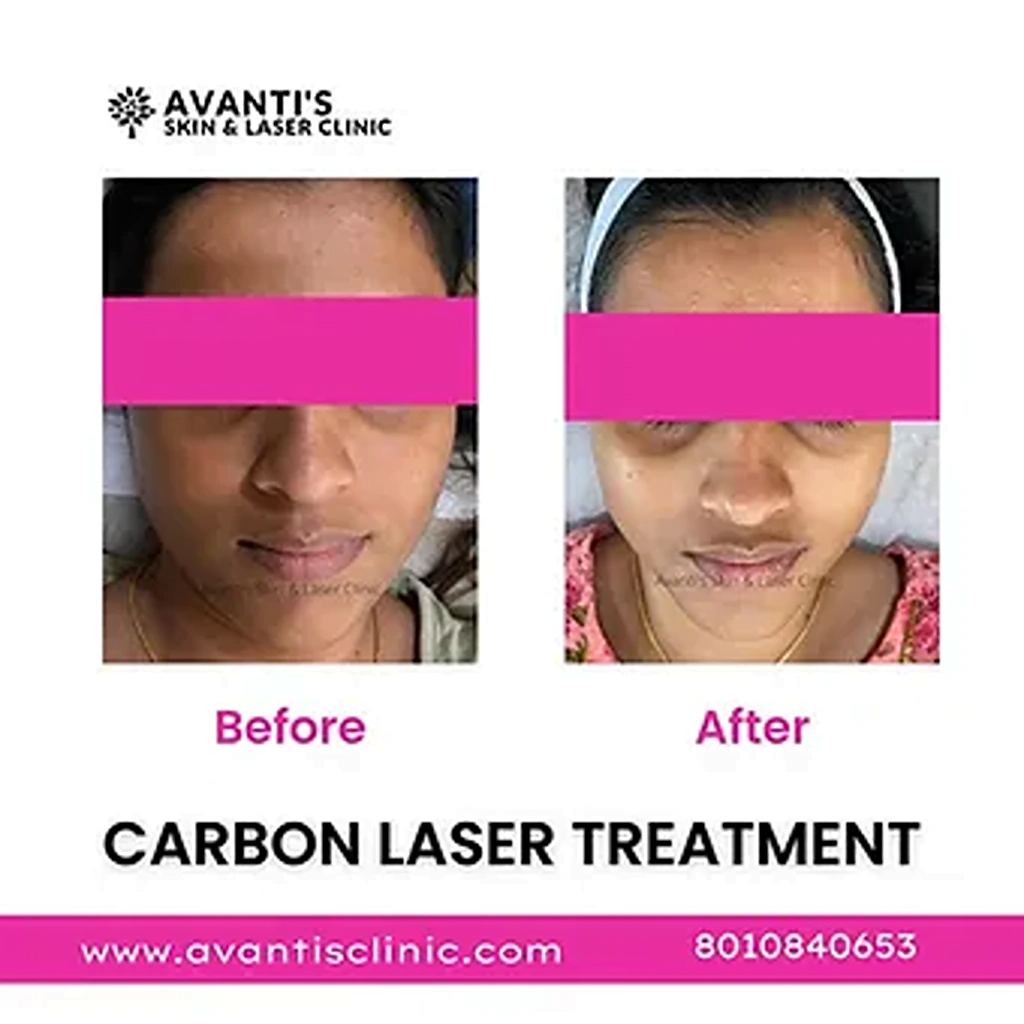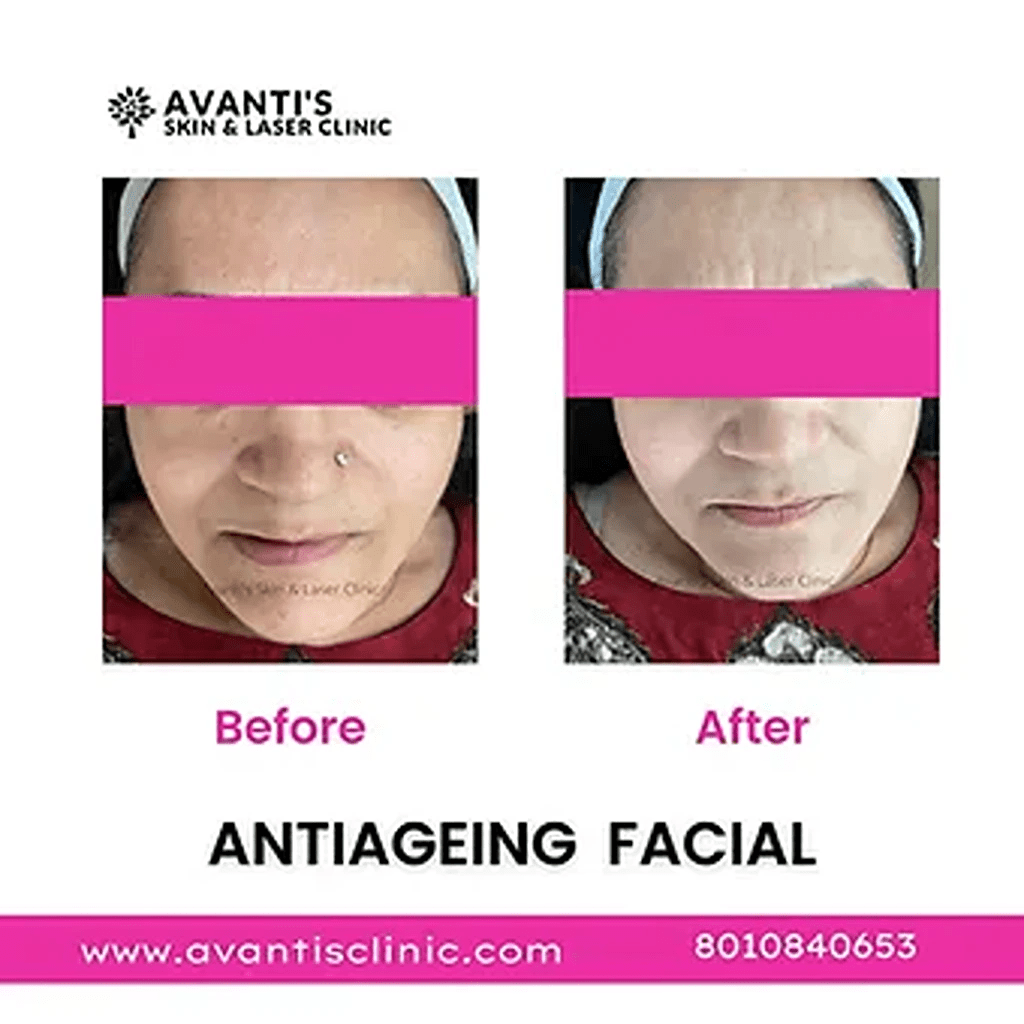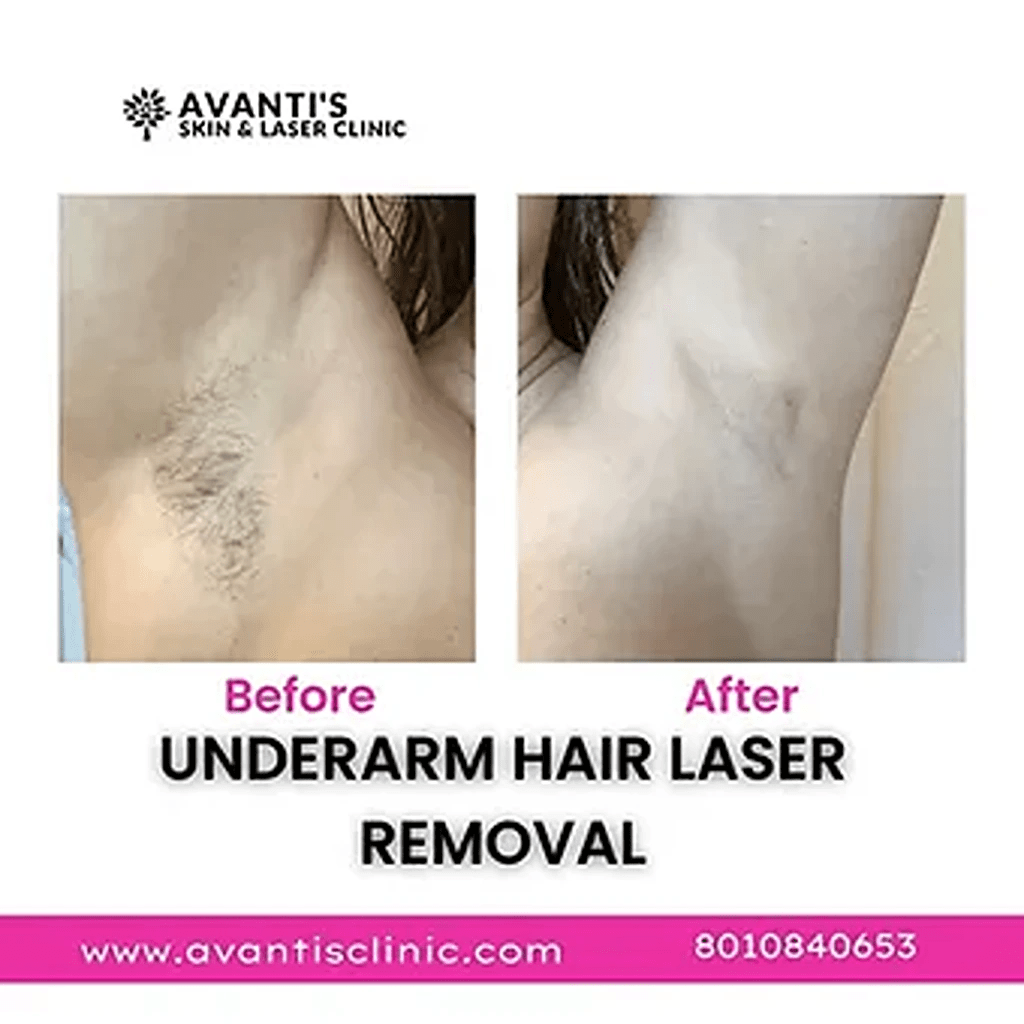Can Pigmentation Be Cured Permanently? How to Remove from Face
Pigmentation issues—whether in the form of dark spots, melasma, or uneven tone—are among the most persistent and emotionally frustrating skin concerns. Whether triggered by sun exposure, hormones, or post-acne inflammation, many people ask the same pressing question: can pigmentation be cured permanently?
In this guide, we’ll explore whether lasting results are truly possible, and if so, how to remove pigmentation from face permanently through the right combination of clinical treatments and daily skincare practices.
Can Pigmentation Be Cured Permanently?
The answer is both yes—and no. While pigmentation can be reduced significantly and even removed completely, true “permanent” results depend on various factors like the type of pigmentation, its underlying cause, and how well you maintain your skin after treatment.
So, can pigmentation be cured permanently? In many cases, yes—but ongoing care and sun protection are essential to prevent recurrence.
Certain types, like PIH and sunspots, respond very well to treatment and may not return with proper aftercare. However, conditions like melasma can be more stubborn and prone to relapse, especially with unprotected sun exposure or hormonal changes.
How Can I Remove Pigmentation Permanently?
Facial Acids
The top layer of your skin is exfoliated, or removed, by acids, also known as skin or facial acids.
The old skin cells are replaced by new ones every time you exfoliate your skin. The procedure smoothes out your skin tone and evens it out. Many facial acids are sold over the counter in pharmacies and beauty shops.
Popular choices include Alpha hydroxy acids, including citric, tartaric, lactic, glycolic, and malic
Azelaic acid, Salicylic acid, kojic acid, and vitamin C (as L-ascorbic acid)
Retinoids
Retinoids, one of the earliest over-the-counter skin care products, are derived from vitamin A. They can cure the layers beneath your epidermis because of their small molecular structure, which enables them to enter the skin deeply.
There are over-the-counter and prescription forms of retinoids. OTC equivalents, however, are typically weaker. Discuss the prescription retinoid tretinoin (Retin-A) with your dermatologist if, after a few months, you still don’t observe any improvement.
If you intend to use retinoids for an extended period of time, make important to confirm with your dermatologist that they won’t irritate your skin. Although both wrinkle reduction and hyperpigmentation can be achieved with retinoids, wrinkle reduction is frequently regarded as the more well-established and noticeable benefit. Accordingly, retinoids might not be the most effective initial treatment.
Peeling using chemicals
In a chemical peel, the targeted skin region is treated with acids in higher concentrations. By eliminating the epidermis, the outermost layer of your skin, they lessen the appearance of hyperpigmentation.
Even though there are a lot of over-the-counter chemical peels, you might want to visit your dermatologist for a professional-grade peel. These are more effective and produce benefits more quickly.
In-office peels may potentially raise your risk of adverse effects because of their potency. Discuss your own risks with your dermatologist.
Potential hazards associated with chemical peels performed at home or in the workplace include:
- Changes in colour or redness
- Blistering infection and irritation
- Enduring allergic response
Chemical peels might not be the ideal course of action for you if you frequently spend time in the sun. Your skin becomes more vulnerable to the sun’s rays after receiving a chemical peel.
Chemical peels could be effective if you have:
-ageing marks and sun damage
-blotchy melasma skin
They might work more quickly than facial acid products.
It’s crucial to consult a dermatologist before beginning to ensure that chemical peels are a suitable option for you, as some skin types may be offended by them. This is particularly crucial if you have specific skin disorders or are on any other skin drugs.
Skin resurfacing using laser peel
Targeted light beams are used in a laser peel (resurfacing) procedure to lessen hyperpigmentation.
There are two kinds of lasers for skin resurfacing: ablative and non-ablative.
The strongest lasers are called ablative lasers, and they remove layers of skin. Conversely, non-ablative techniques focus on the dermis to encourage the production of collagen and tightening results.
Although more powerful, ablative lasers may have more adverse consequences. In order for new skin cells to grow back tighter and more toned, both destroy components of your skin.
Skin resurfacing cannot be approached in a one-size-fits-all manner. Those with fair skin may benefit more from ablative lasers. Non-ablative variants could make some people’s skin darker rather than lighter.
Conclusion
So, can pigmentation be cured permanently? Yes—especially if it’s caused by sun exposure or inflammation and treated early with a blend of professional procedures and medical-grade skincare. More complex cases like melasma may require lifelong management, but can still be drastically improved and kept under control.
The key is consistency, professional guidance, and sun protection. Whether you’re considering lasers, peels, or topical serums, knowing how to remove pigmentation from face permanently empowers you to make informed choices and achieve radiant, even-toned skin.
Frequently Asked Questions
Mild pigmentation may be cleared with consistent use of ingredients like vitamin C and retinoids, but deeper cases often require professional treatment.
Melasma is hormone-related and can be improved with peels, lasers, and prescription creams, but may require long-term management to prevent relapse.
Post-acne marks respond well to AHAs, niacinamide, retinoids, and laser therapy. Prevention through gentle acne care also helps.
Yes. UV radiation is a leading cause of pigmentation and dark spots, making sunscreen the most critical prevention step.
While some may offer mild improvement, they are not a reliable method for permanent pigment removal.
Professional treatments often require 3–6 sessions for visible results, depending on the depth and type of pigmentation.
Yes, if preventative care like sunscreen and maintenance treatments are not followed.

